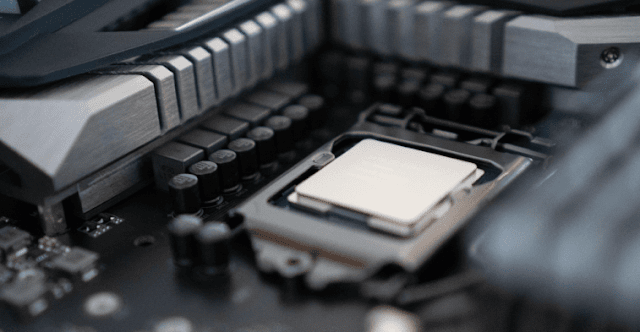Semiconductor Memory Is Mainly Used for Storing Digital Data like Computer Memory.

Semiconductor memory is a type of digital electronic device that stores digital data. It usually refers to MOS (metal-oxide-semiconductor) memory, where data is stored in a silicon integrated circuit memory chip. Metal-oxide-semiconductor resistive memory is the most common form of semiconductor storage. Read on to learn more about MOS and its applications. Here are some of the most common types of semiconductor memory.
ROM is a type of semiconductor memory. ROM is a form of memory that is commonly used to store programs that must survive even when the computer is shut down. This type of memory is not easily changed and may require special equipment. To change the data stored in a ROM, a user must write it with special hardware. If users are considering using this type of memory for the next application, they should read about the advantages and disadvantages of each type.
The benefits of semiconductor memory for mobile devices are well-documented. The comparatively faster access time for a byte of data (when read from a device) allows for greater efficiency and faster computing. Semiconductor memory has been used in smartphones and other devices for many years. Its speed makes it an ideal option for smartphones and other devices that require high-speed data transfer. If users are interested in developing a smartphone or a smart home, this technology is the way to go.
ROM is another type of semiconductor memory. ROM is commonly used to store programs that must continue to function after a computer shuts down. It is important to remember that ROM cannot be written very easily. Changing the data in ROM may require specialized equipment, such as a custom-designed tool. It is important to know that ROM can't be written by hand, so modifying its data requires special tools.



Comments
Post a Comment